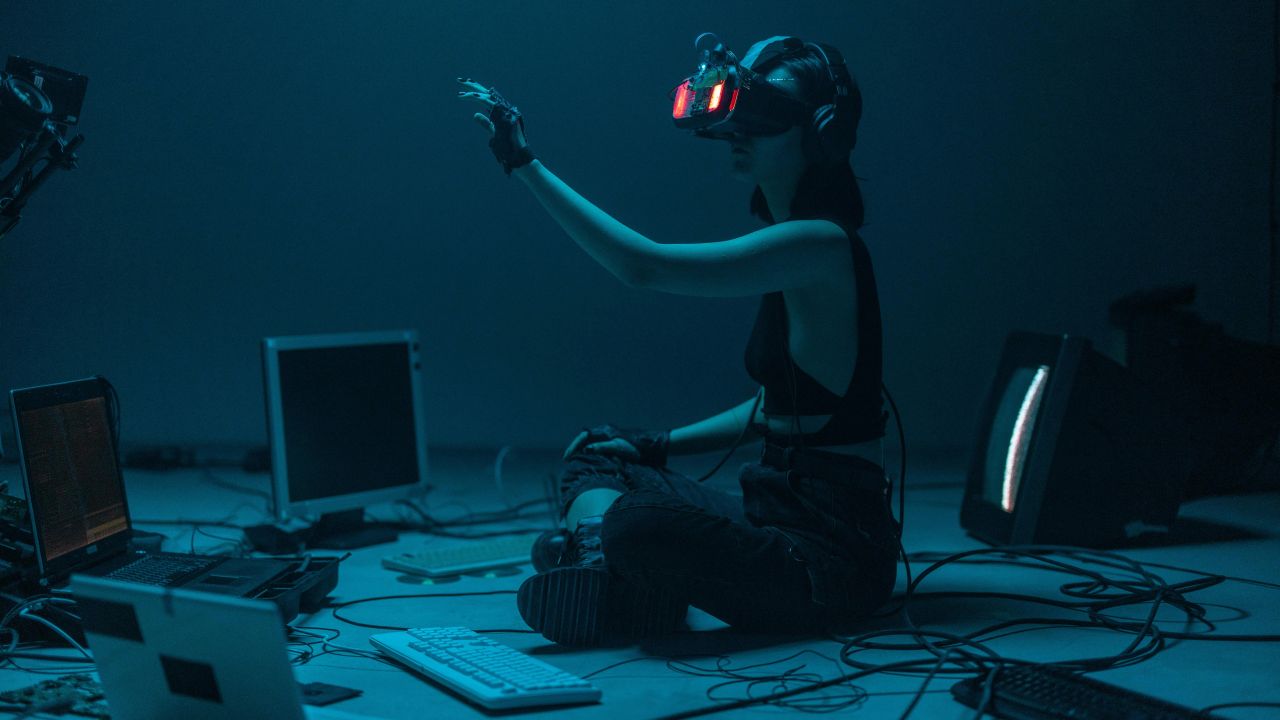Sa buong mundo, ayon sa WHO, isa sa anim na tao ay nakakaranas ng infertility sa kanilang lifetime. Sa Pilipinas, mabilis na lumalago ang paggamit ng high-tech solutions sa fertility clinics—mula AI embryo scoring, robotics labs, hanggang app-based sperm donation. Sa blog na ito, malalaman mo ang mga teknolohiyang available na sa 2025, ang mga oportunidad, at ang mga trend na magpapabago sa reproductive medicine sa Pilipinas.
Artificial Intelligence at Big Data sa IVF
Modernong embryo scoring programs ay gumagamit ng time-lapse videos, lab parameters, at patient data. Sa Pilipinas, mas mabilis at mas accurate ang embryo selection, personalized stimulation plans, at real-time quality control gamit ang AI.
- Mas mabilis na embryo ranking – optimal blastocyst sa seconds.
- Personalized stimulation plans – AI considers age, BMI, hormone profile.
- Quality control – algorithms detect incubator anomalies agad.
Non-invasive Genetic Screening (niPGT-A)
Cell-free DNA mula sa culture fluid ay pumapalit na sa biopsy. Embryo ay hindi nasasaktan, at result ay available sa loob ng 24 hours.
- Embryo-friendly – walang extra procedure.
- Pwede sa single embryo transfer at pre-implantation diagnosis.
- Mataas ang accuracy, mas mababa ang mosaic rate.
Gene Editing at Gentherapy
FDA-approved CRISPR therapy ay nagbukas ng pinto para sa correction ng genetic defects bago fertilization. Sa Pilipinas, research pa lang, pero may potential para sa FSH receptor defects at mitochondrial replacement.
- Strict regulation sa germline editing; somatic therapy ay mas open.
- Mitochondrial replacement ("three-parent IVF") ay available sa ilang bansa.
- Ethis at legal review ay mahalaga.
Robotics at Laboratory Automation
Pipetting robots, closed incubation systems, at sensor arrays ay nagpapabilis ng lab workflow. Sa Pilipinas, mas accurate ang temperature, pH, at oxygen control, mas mababa ang contamination risk.
- Consistent lab conditions.
- Real-time documentation para sa audit.
- Mas mababa ang personnel cost.
Microfluidic Sperm Selection
Microchannel chips ay pumipili ng high-motility sperm, mas mababa ang DNA fragmentation. Resulta: mas mataas ang blastocyst quality at implantation rate.
- Mas gentle kaysa gradient/swim-up methods.
- Mainam para sa couples na may high DNA fragmentation index.
- Pwedeng gamitin sa ICSI, IVF, at home sperm samples.
Uterus Transplantation para sa Uterus Agenesis
Mula 2014, mahigit 70 bata na ang ipinanganak matapos ang uterus transplant. Sa Pilipinas, experimental pa rin, pero may hope para sa Mayer-Rokitansky syndrome at cancer survivors.
- Indications: congenital absence, hysterectomy.
- Risks: preeclampsia, rejection, preterm birth.
- Planned C-section sa week 37 ang standard.
3D-Printed Ovaries at Tissue Engineering
Gel scaffolds mula bioprinting ay gumagana na sa mouse model. Sa tao, research stage pa lang, pero may potential para sa cancer survivors.
- Option para sa women after chemo/radiotherapy.
- Goal: hormonal self-regulation at fertility restoration.
- Challenge: vascular integration at long-term function.
Wearables, Telemedicine at Fertility Apps
Cycle rings, Bluetooth LH tests, at at-home sperm analysis ay ginagawang mas accessible ang fertility monitoring. Tele-IVF packages ay available na sa ilang clinics sa Pilipinas.
- Real-time data sharing sa doctor.
- Mas mababa ang travel cost, mas convenient para sa provincial families.
- Mas mataas ang adherence at satisfaction.
In-vitro Gametogenesis (IVG) – Artificial Gametes
Stem cell research ay nakagawa na ng germ cell precursors. Sa Pilipinas, research pa lang, pero may future para sa couples na walang functional gametes.
- Option para sa azoospermia o premature ovarian failure.
- Ethical at regulatory challenges.
- Unknown long-term effects sa offspring.
Outlook 2030 – Key Trends sa Reproductive Medicine
Ang mga sumusunod na innovation ay magpapabago sa fertility treatment sa Pilipinas:
- Polygenic screening – risk assessment para sa diabetes, heart disease bago embryo transfer.
- IVF factories – fully automated production lines gamit ang robotics at AI.
- Fertility-on-a-chip – mini-lab para sa sperm analysis at hormone diagnostics sa bahay.
- Artificial gametes – IVG para sa genetic motherhood/fatherhood kahit walang own eggs/sperm.
- Digital ecosystem – integration ng cycle trackers, telemedicine, at home insemination kits.
Ayon sa WHO, lumalaki ang demand para sa affordable, user-friendly solutions—app-based platforms tulad ng RattleStork ay tumutugon dito.
Sperm Donation gamit ang RattleStork – Modernong Solusyon
Hindi lahat ng pamilya ay kailangan ng robotics o gene editing. Sa RattleStork, makakahanap ka ng verified sperm donor at makakapagplano ng home insemination—discreet, flexible, at mas mura kaysa clinic.

Konklusyon
AI embryo scoring, robotics labs, at gene therapy ay cutting-edge sa reproductive medicine. Pero ang app-based sperm donation at telemedicine ay nagpapadali at nagpapamura ng fertility treatment para sa lahat. Ang future ay nasa kombinasyon ng high-tech at practical, affordable solutions para sa Filipino families.

